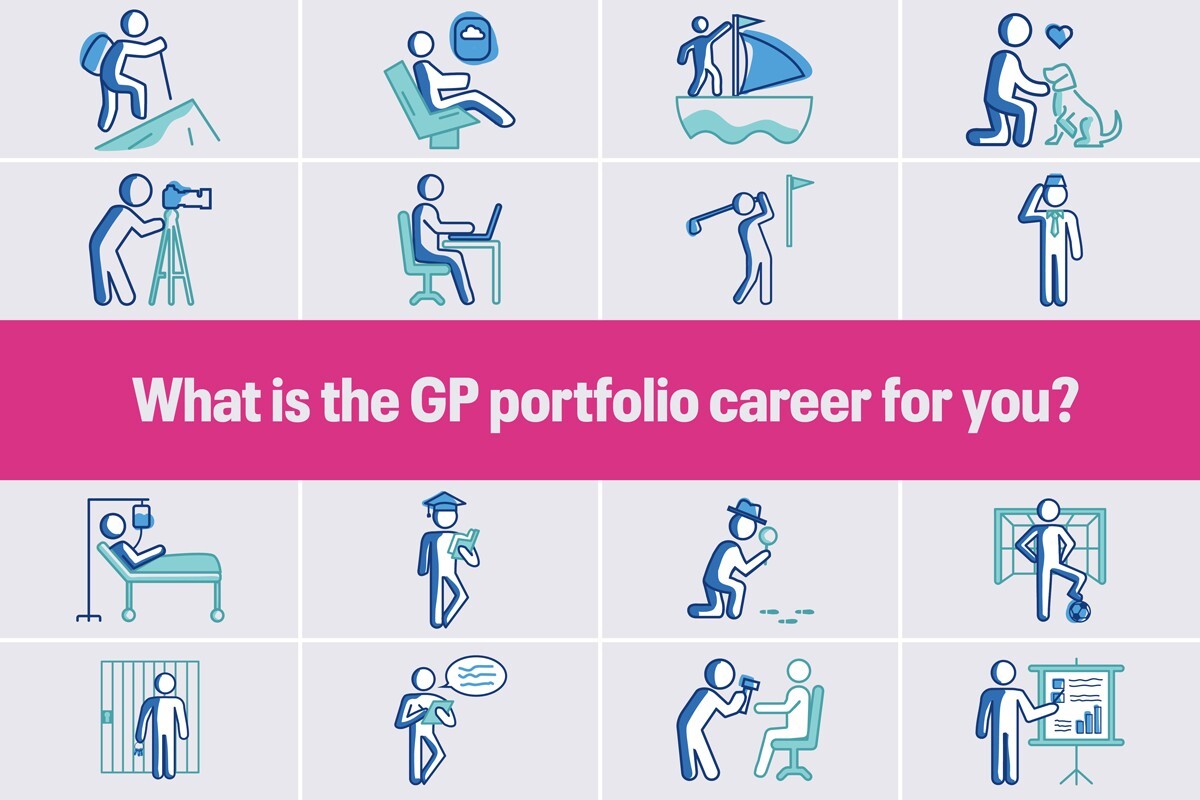A quick guide to recruiting a new partner
Admitting someone new into a partnership is a major step, and not one to be undertaken lightly. It requires planning, time and will cost money. Whilst most partners will be fellow GPs, not all will be; nurse and management partners can be as, or even more, valuable contributors than doctors.
- Understanding different job roles in general practice
- Planning staff at your practice
- Dr Clare Gerada: Alternatives to partnership
- A quick guide to recruiting a new partner
- The case for a new partner
- Four options for portfolio careers
- Trainee GPs must be willing to consider rural practice
- Give the UK another chance
Given the squeeze on practice finance at the moment, it is no surprise that practices often prefer salaried employees to partners.
However, in some cases a new partner can revitalise the business direction of a practice.
New partners must be considered as potentially staying for 20 or 30 years; existing partners need to be able to work together for the benefit of your patients through successive changes of health policy. Creating diversity of interest and background is more therefore likely to make the partnership resilient to change than ‘replacing' the outgoing partner.
Sometimes the best candidate for partnership person is already with you, but even with a staff member lined up for partnership, partners may want to validate their decision by inviting external applicants to interview.The recruitment process should be thorough, even with internal candidates.
At my practice, for example, we appointed a practice manager five years ago with the expectation he'd make partner. In two years when the partners were ready to recruit him, we found they didn't have the HR skills in-house to assess his professional potential.
We employed management consultants for a couple of months, the cost of which ran into four figures for two months' work, but produced profits in the long run.
Interviews for the new partner ran over a day and a half. They consisted of a meal out the night before the interview, where the partners moved around the table between courses in order to meet all the candidates socially. This was followed by a day-long interview that included typical business exercises such as presentations and scenario analysis.
All the staff were invited to score the candidates using the same scorecard, based on a range of indicators such as attitude to patients, cooperative skills, knowledge, skills and experience, and at the end of the day and a half made a decision together. That process was very successful in terms of profits made under the new partner, and was repeated a couple of years later when recruiting a second partner.
The practice found in both cases that having an objective score sheet helped give unsuccessful candidates clearer feedback, thus improving their chances of future success. Since hiring two candidates in this way we have experienced profits rising year on year, something we'd pleased with in the current financial climate.
When the practice has made its decision, partners should arrange for a solicitor to update the partnership agreement and arrange the new partner's induction. Being jointly and severally liable for colleagues is quite different from being an employee and new partners should ask for specific training on how to manage tax, sickness and accounting.
This article has been published as part of the Pulse special report on employment, which will be published in the issue out on Wednesday 18 April.
Dr John Canning is a GP in Middlesborough and chair of the GPC contracts and regulations subcommittee.













